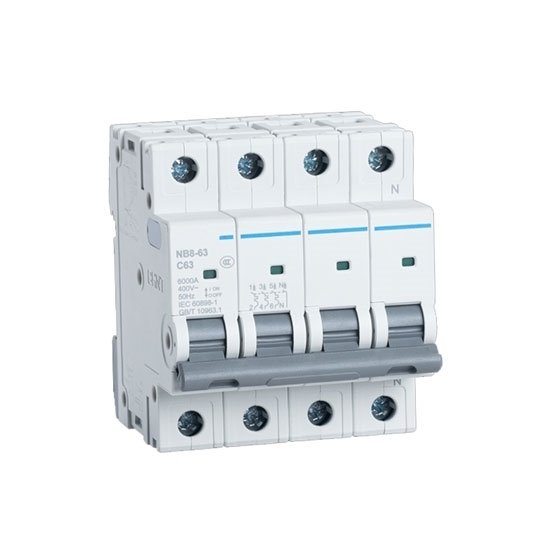What is the full form of MCB?
The MCB full form is Miniature Circuit Breaker. This type of electronic switch operates automatically. It can detect an issue within a circuit by identifying the excessive current flow within the circuit. If there is a significant quantity of available power in the loop, it can be broken at any time. The fuses are frequently used in place of MCBs. However, MCBs are preferable since they must be reset by the user before functioning again. It is intended to prevent malfunctions caused by overheating.
Read Other Full Forms

Functions of MCB
- MCB is designed to protect against excessive current and overheating faults.
- When the current exceeds the specified limit, the MCB automatically shuts off and the circuit is broken.
- To restart the circuit, the MCB must be manually switched on.
Benefits of MCB
- In motor feeders, MCBs of up to 100A are utilized.
- MCB management is simpler for both electrical devices and people than fuse management.
- Using a knob, provides a superior interface.
- Because MCBs may be reused, they are less expensive than fuses.
- MCB is significantly more current-sensitive.
- To restart, users need to push the button.
Types of Miniature Circuit Breaker
The MCB trip curve determines the type of MCB required for various appliances or devices. There are 6 types of MCB, namely:
- A Type
- B Type
- C Type
- D Type
- K Type
- Z Type
A Type MCB interrupts the circuit when the current exceeds two to three times the actual rating. A type MCB – Miniature Circuit Breaker is extremely sensitive to short circuits, and thus has applications in the semiconductor industry.
The B-Type MCB is utilized for cable protection when the current exceeds three to five times the current flow.
The C Type MCB turns off the circuit when the current is 5–10 times higher than the actual current flow. It is used in both home and business appliances, such as transformers, fluorescent lighting circuits, and IT equipment like computers, servers, and printers.
D Type MCB shuts off the circuit when the current is 10–20 times higher than the current flow and has a high resistance. It has applications in motors.
The K Type MCB can withstand up to eight to twelve times the current flow and is used in heavy-duty load devices such as compressors, winding motors, and X-ray machines.

